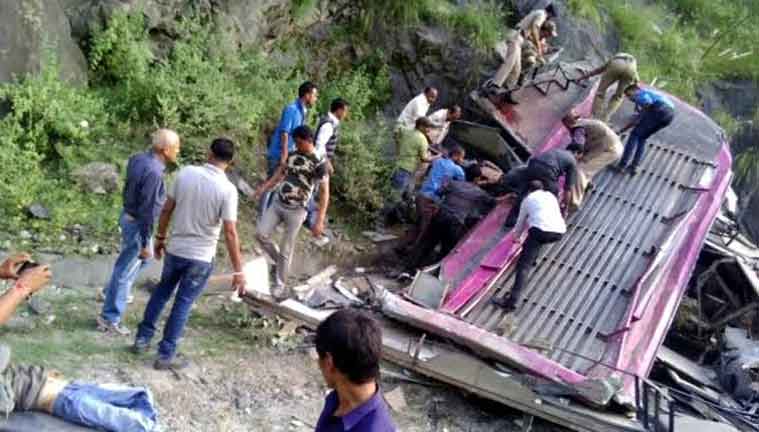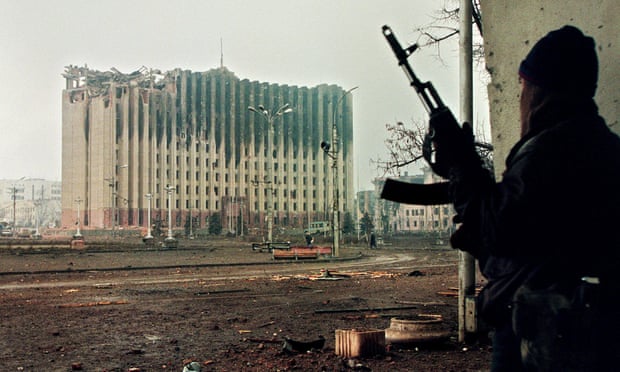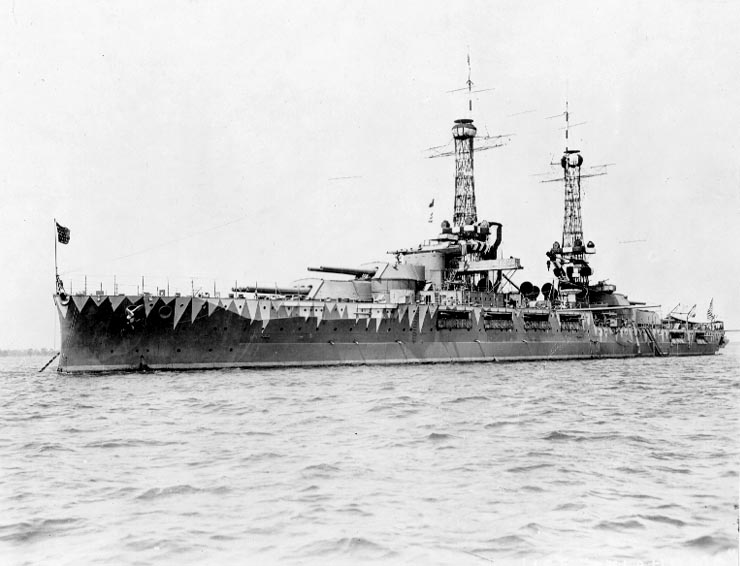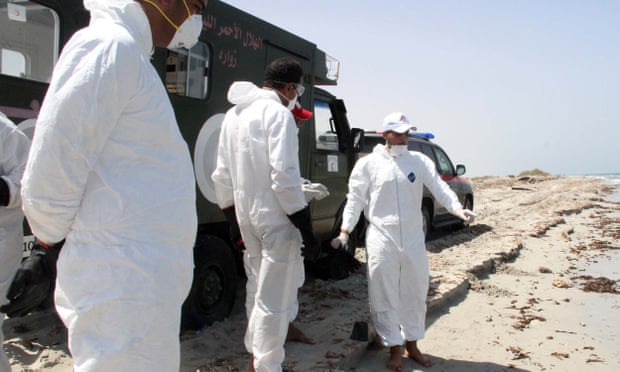
Adal Neguse, an Eritrean immigrant whose brother drowned in a smuggler's boat while trying to reach Italy in 2013, knows all too well what might be in store for the relatives of those dying now in similar accidents in the Mediterranean.
The emotional pain of looking at photos of badly disfigured corpses.
Red tape and wasted time with bureaucrats who "just talk and talk" but don't keep their promises.
As record numbers of desperate people from the Middle East, Africa and Asia flood into Europe, hundreds are also dying in risky journeys arranged by unscrupulous smugglers, and authorities are struggling to identify those victims.
When the body of 3-year-old Aylan Kurdi washed up on a Turkish beach along with those of his mother and brother, he came to represent others who also have perished trying to seek a better life. But unlike the young Syrian refugee, many of them remain anonymous and unclaimed.
As of Sept. 1, at least 364,000 people have crossed the Mediterranean to Europe this year. More than 2,800 have died, or are lost and presumed dead, according to the International Organization for Migration.
Only about a third of the bodies recovered are ever identified, said Frank Laczko, head of the IOM's Global Migration Data Analysis Center in Berlin.
"If each person has 10 relatives, that's close to 30,000 people who are affected," Laczko said. Besides the emotional pain, survivors must cope with legal issues such as property ownership to the right to remarry.
When Austrian authorities opened a truck apparently abandoned by smugglers on a highway near Vienna on Aug. 27, they discovered 71 badly decomposed bodies of men, women and children, and officials said some may never be identified. Another tragedy that same day left Libyan authorities with the task of identifying scores of bodies from two boats that sank off the coast.
In a commercial disaster like a plane crash, authorities have passenger manifests, electronic tickets, credit card records and data from travel agencies to work with. But human traffickers understandably usually keep no records when they arrange passage to Europe for those paying cash, so there are no emergency contacts and no way to contact relatives. And many refugees carry no ID.
Laczko said his agency wants a Europe-wide database for families to provide information about missing relatives and for authorities to distribute details about bodies they have found. He also wants far more attention paid to mining data from cellphones found on victims.
In the case of the truck ditched in Austria, experts are studying documents found with the dead but also have taken their fingerprints, DNA samples and dental information, in addition to data from 10 cellphones, police spokesman Helmut Marban said.
A hotline with Arabic, English and German speakers received more than 100 calls in its first two days. The victims included Syrian, Iraqi and Afghan refugees, police said Friday, but no identities have been established. Marban would not disclose if any relatives have been located, citing an ongoing criminal investigation.
Some 2,576 people, mostly Eritreans and other sub-Saharan Africans, have died or are missing this year in the longer and more hazardous sea route from Libya to Europe, and most of the estimated 600 bodies recovered have ended up in Libya or Italy, according to the IOM. At the same time, about 116,649 have arrived safely in Italy.
Greece has logged 245,274 arrivals via the shorter route from Turkey, with 102 people dead or missing. Sixty of those bodies were recovered and most of them were brought to Greece, while some were sent to Turkey, the IOM said.
When the bodies end up in Italy, its main forensics team, based in Sicily, gathers what information it can: fingerprints, a DNA sample, dental information and a list of tattoos and any other distinguishing marks.
Italy has plenty of experience, dealing with maritime disasters involving smugglers' boats for years. But two tragedies in 2013 off Lampedusa, a tiny island 70 miles (115 kilometers) closer to Africa than the Italian mainland, changed much about how the world views the waves of migrants.
On Oct. 3, 2013, a trawler sank near the island, and authorities recovered 368 bodies, mostly of Eritrean refugees. Eight days later, there was another shipwreck south of Lampedusa in which nearly 200 people are believed to have drowned.
Until recently, the bodies found were recorded in Italy's missing persons' register sparely: "African ethnicity," or even "shipwrecked." The minimal descriptions belied an official view of the futility of ever getting a positive identification.
"Before there was the view that we only needed to identify Italians. In reality, that's not the case," said Vittorio Piscitelli, who took over the government office for missing people in 2013.
The office recorded 1,300 missing people through June 30, 2014, most of them Italians and some dating back decades, but also including hundreds of migrants. From Oct. 18, 2013, through Aug. 26, 2015, Italy has received a total of 382 bodies, the Interior Ministry said.
Piscitelli and his team joined with other organizations to create a protocol for identifying the dead from the October 2013 tragedies. This year, they began reaching out to migrant and refugee communities in Europe to find relatives to help with the process. North America is next.
The physical descriptions in the Italian missing persons' ledger have grown more robust, and DNA samples were taken of all the October 2013 victims to help resolve more cold cases.
So far, the official protocol applies only to the October 2013 shipwrecks. DNA samples were not typically taken of migrant victims prior to those tragedies, and the identification process is otherwise handled by local police, meaning relatives must figure out which jurisdiction to contact. Piscitelli hopes to be able to expand it to apply to more recent wrecks.
Of the 368 bodies recovered from the Oct. 3, 2013, sinking and the 21 bodies in the second shipwreck, 195 were identified right away, Piscitelli said. Under the new protocols, nine more bodies have been identified, with tentative IDs on another 19.
One of the dead from Oct. 3 was the 26-year-old brother of Neguse, the Eritrean immigrant.
Neguse considers himself "the lucky one" to have his brother Abraham identified.
In an interview in a park near his Stockholm home, Neguse said the process took 18 agonizing months — from the moment smugglers in Libya confirmed his brother was aboard to the final DNA confirmation.
He went to Lampedusa immediately to seek information about his brother's fate, looking at hundreds of photos of the dead and eventually giving up under the emotional strain of seeing so many badly disfigured faces.
"I was there one week, and I couldn't find him. But I talked to his friend who was there. He told me ... he drowned. But I didn't get an official answer to my questions," Neguse said.
No one took a DNA sample from him on that visit. He finally gave one when he was there again for a memorial on the tragedy's anniversary. While there, he was told results would come in a month; the positive identification actually took six months.
"They promised a lot of things, but they don't keep their promises," he said.
Neguse said officials told him that Abraham is buried in Sicily in a grave that is marked with a number but not a name.
Piscitelli said identifying the remaining bodies from the October 2013 wrecks will require help from relatives, many of whom are out of reach inside oppressive nations or in conflict zones.
A group called the Oct. 3 Committee, meanwhile, works with the Eritrean diaspora in Europe, seeking both DNA samples and documents.
Gergishu Yohannes, an Eritrean living in Germany for 30 years, assists others who are struggling with the uncertainty of a vanished relative.
She is motivated by the loss of her brother, Abel, who disappeared in 2009 while on a small boat from Libya to Italy and has never been found.
The craft, carrying 85 people, ran out of fuel near Malta. Adrift and out of food and water, the passengers began dying one by one, and their bodies were thrown overboard. When Italians finally rescued three weeks after they had set off, only five remained alive, Yohannes said.
She helps others, she said, "so that they won't have a fate like me, waiting every day, and can identify their loved ones."
Until her brother's body is found, Yohannes said she cannot rest.
"One waits every day, and I'm still waiting today," she said. "I cannot give it up."
Sunday 06 September 2015
http://news.yahoo.com/authorities-struggle-identify-dead-migrant-tragedies-160128298.html




















